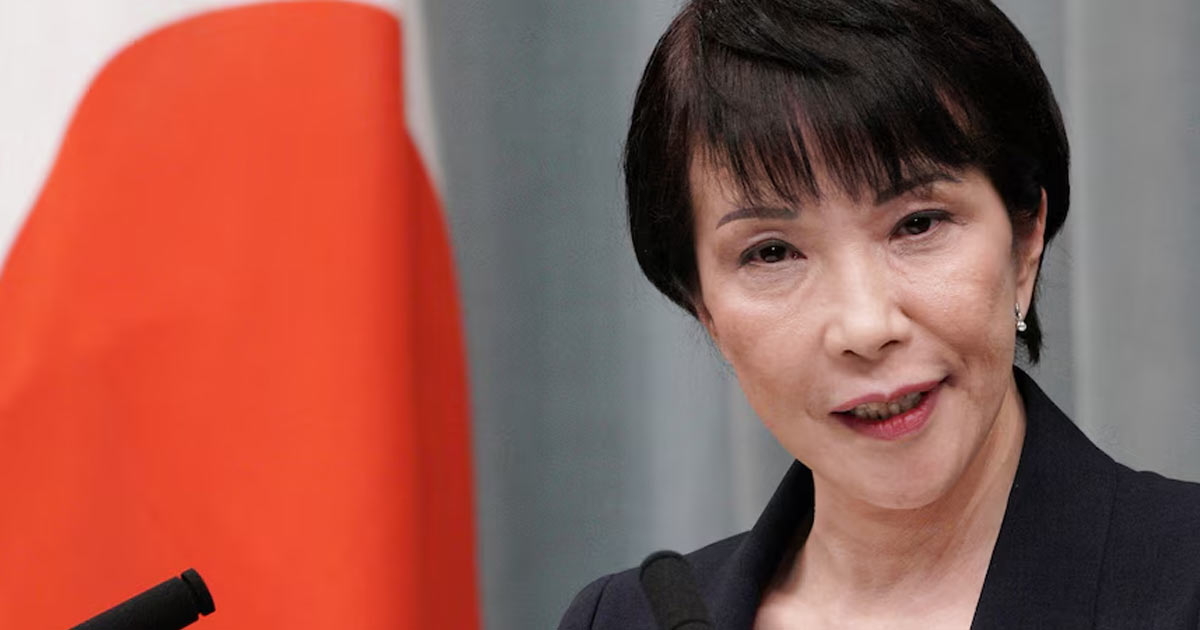On October 4, 2025, Sanae Takaichi emerged victorious in the Liberal Democratic Party (LDP) leadership race, defeating Shinjiro Koizumi by a margin of 185 votes (54.25 percent) to 156 votes (45.75 percent), and became the first woman ever to lead the LDP. Takaichi’s victory is owed in part to her strong performance among party grassroots members (prefectural votes) and her consolidation of conservative factions. On the other hand, Koizumi, although backed in many cases by fellow National Diet lawmakers, was unable to fully overcome the institutional and factional networks that rallied behind Takaichi.
Because the LDP remains the largest party in the Diet (despite lacking majorities in both houses), Takaichi will become Japan’s first female prime minister, pending formal confirmation in the Diet’s extraordinary session anticipated around 15 October. Her path to leadership is not without challenge: her mandate will be tested by her ability to rebuild party unity, secure legislative cooperation beyond the LDP, and assuage both markets and the public over fiscal and foreign policy direction.
Takaichi’s victory is owed in part to her strong performance among party grassroots members (prefectural votes) and her consolidation of conservative factions.
The keenly contested and high-stakes LDP leadership election was triggered by the sudden resignation of Shigeru Ishiba as Prime Minister and president of the LDP in early September 2025. This election may reshape the trajectory of Japanese politics, a period marked by weakening party dominance, deep public dissatisfaction, and severe geopolitical challenges. Ishiba’s resignation was the culmination of mounting pressure: under his watch, the LDP lost its legislative majorities in both houses for the first time in Japan’s postwar history. The electoral backlash was severe, with both the July 2025 upper house and earlier lower house outcomes resulting in the collapse of its governing coalition and exposing deep public discontent over inflation, perceptions of stagnation, and a party increasingly seen as disconnected from voters.
Ishiba himself hinted that the conclusion of US–Japan tariff talks provided a natural juncture for stepping down. Practically, his exit offered the party breathing space to reorganise before the Diet reconvened and a new prime minister was formally elected — a signal that internal dynamics, rather than purely electoral optics, drove the change. Takaichi will inherit a wounded LDP — with eroded public legitimacy, no clear parliamentary majority, and multiple urgent domestic and external challenges to confront.
It is anticipated that Takaichi will pursue a return to expansionary fiscal policies similar to Abenomics, emphasising government spending, stimulus, and efforts to boost inflation and growth. She has talked about “responsible expansionary fiscal policy,” combining increased spending with tax cuts or cash payouts to households, particularly to buffer rising costs of living. On monetary policy, while she seems to accept that the Bank of Japan (BOJ) should retain technical control of interest rates, Takaichi has signalled that she believes the government should take the lead in setting the overall direction. Because of her pro-stimulus stance, it is believed that the Bank of Japan (BOJ) will likely delay further rate hikes, at least in the near term. However, this comes with risk. Japan is already heavily indebted (public debt over 200 percent of GDP), and stimulus combined with long bond yields could strain fiscal sustainability. Also, with the LDP lacking outright majorities in both chambers of the Diet, major policy initiatives may require compromise with opposition or coalition partners.
Takaichi has spoken about “crisis-management investment” via targeted state support for sectors deemed essential to national resilience, including food, energy, and economic security. She is likely to push for strengthening semiconductor, AI, space and defence-related industrial capacity. Measures to address inflation, especially import-driven inflation via a weak yen, are also high on her agenda. For example, reducing the provisional gasoline tax and reforming social security (including elder care and medical systems) in response to demographic decline are priorities. She has also hinted at the possibility of renegotiating the investment agreement with the United States that had eased former President Donald Trump’s punitive tariffs on Japanese exports.
On foreign policy and national security, Takaichi is known for her more nationalist and conservative stances. She is expected to deepen defence spending and push harder on constitutional reform, especially with respect to Japan’s military role. Earlier this year, she even proposed forming a “quasi-security alliance” with Taiwan, an idea that highlights her hawkish instincts. She has indicated a desire for stronger economic security measures and stricter regulation on foreign investment and immigration, not in an explicitly exclusionary way, according to her recent remarks, but framed around public concern and national resilience.
Far from representing a feminist breakthrough, her rise underscores the paradox of a woman leading Japan’s conservative establishment while resisting key aspects of gender equality and social liberalisation.
While Takaichi’s ascent is symbolically historic, marking Japan’s first female LDP leader and its likely first woman prime minister, it stands in contrast to her deeply conservative convictions. Takaichi has consistently opposed reforms allowing women to retain their maiden names after marriage, rejected the notion of female monarchs, and espoused traditionalist views of gender and family roles. Far from representing a feminist breakthrough, her rise underscores the paradox of a woman leading Japan’s conservative establishment while resisting key aspects of gender equality and social liberalisation.
In the coming months, several indicators will reveal the direction of Sanae Takaichi’s premiership. Her first budget will be the most telling, with its size and sectoral priorities showing whether she prioritises defence expansion and industrial policy (AI, semiconductors, green tech) over social welfare spending, as many expect, given her emphasis on crisis-management investment. Equally critical will be the composition of her cabinet, which will indicate whether she seeks to balance LDP factions by including moderates or instead consolidates her base among conservatives and Abe loyalists. Finally, her approach to constitutional reform will be a key test of her political judgment: whether she aggressively pushes revisions to Japan’s pacifist constitution—long a conservative goal—or tempers her rhetoric to gauge public and coalition support before moving forward.
Far from representing a feminist breakthrough, her rise underscores the paradox of a woman leading Japan’s conservative establishment while resisting key aspects of gender equality and social liberalisation.
Takaichi’s room for manoeuvre is constrained by weak legislative control, sensitivities in the financial market, and the need to maintain both public legitimacy and external diplomatic balance. Whether she can successfully recalibrate Japan’s direction depends on how well she manages these internal and external constraints.
Pratnashree Basu is an Associate Fellow at the Observer Research Foundation.d diplomatic nuance. Her success will depend on managing continuity in a moment that demands both stability and subtle reform.











